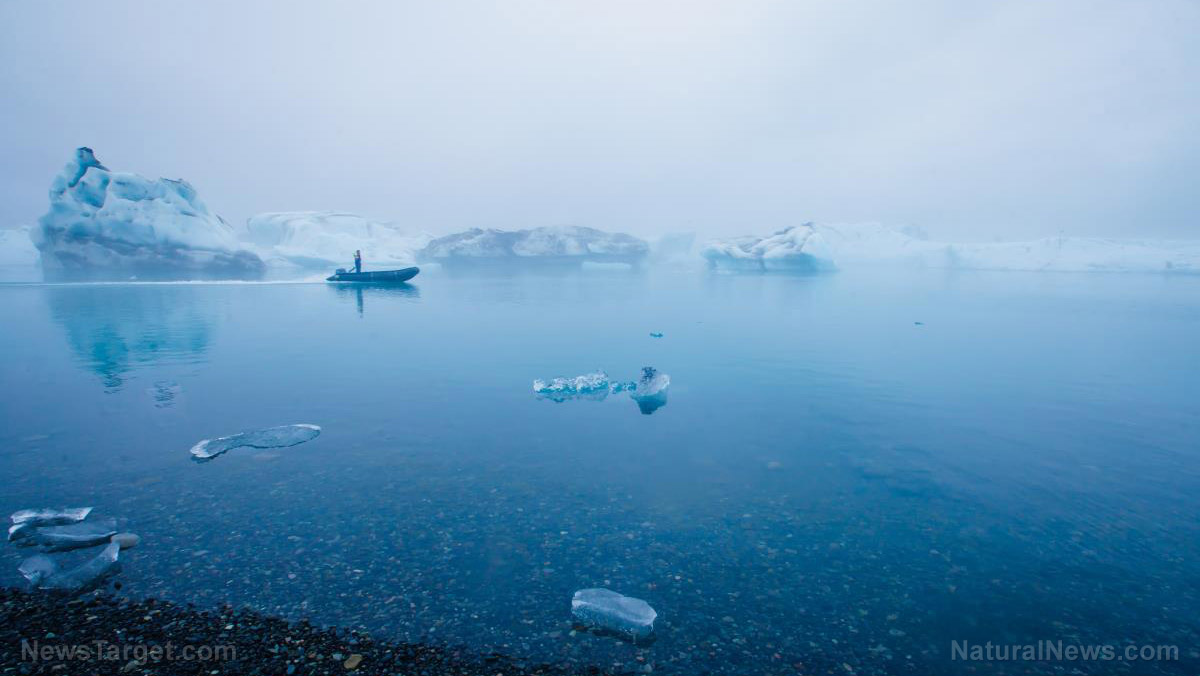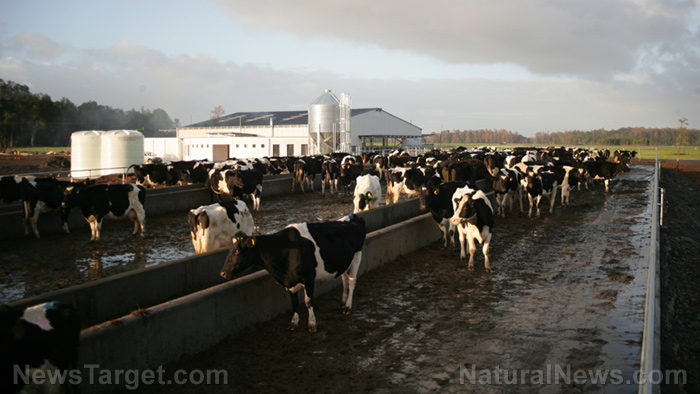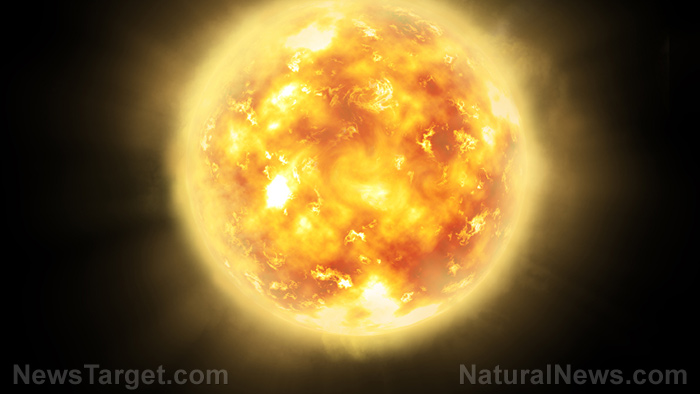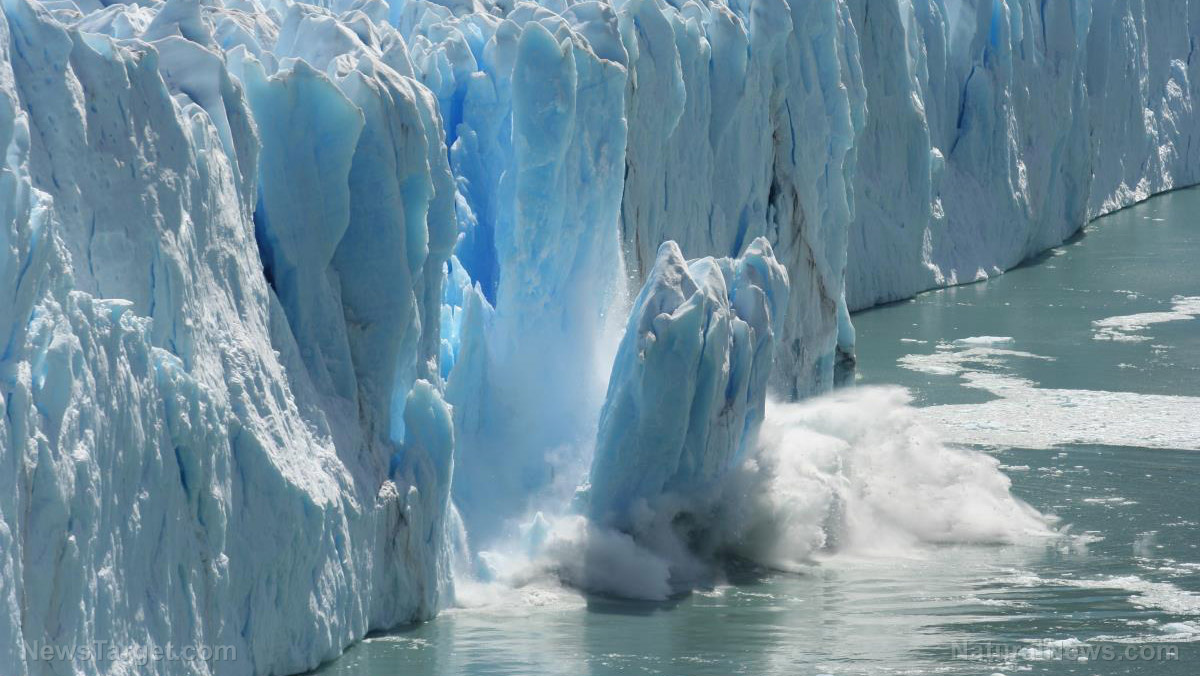Green power dangers: Scientists review the downside of renewable energies
11/15/2017 / By Michelle Simmons
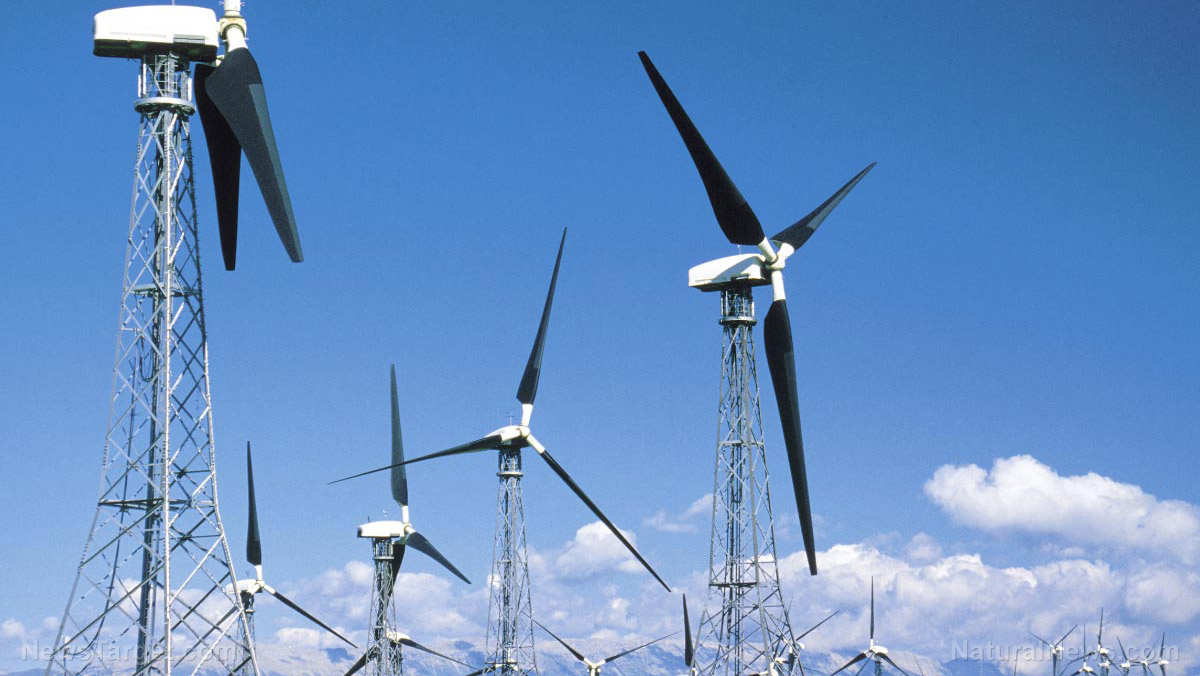
Renewable energy is a type of energy that can be collected from natural sources, such as sunlight, wind, rain, tides, waves, and geothermal heat. It is also believed to have a much lower environmental impact compared to conventional energy technology, and because of this governments continue to lean towards renewable energy sources. Apparently, its potential hazardous effects are often overlooked. A new study has found that renewable energies have their downsides.
As time goes by, renewable energy is rapidly growing. It makes up one-fourth of the production of energy in the world, with China as the number one producer. China generates 35 percent of wind, 28 percent of hydro, and 26 percent of solar energies. Scientists at the University of Hong Kong and James Cook University in Australia, analyzed the environment effects of hydro, solar, and wind energy.
“We know that burning fossil fuels is damaging the environment and warming the climate. But there are also dangers from the global proliferation of solar panels, wind turbines, and hydroelectric dams,” Luke Gibson from the University of Hong Kong said.
The findings of the study, published in the journal Trends in Ecology & Evolution, revealed that hydropower is the most damaging to the environment among the three renewable energies studied, mainly because of the damage it brought to habitats, especially for aquatic life, for the construction and maintenance of dams.
“Hydro projects are such a disaster for tropical rainforests that I don’t consider them ‘green’ energy at all,” expressed William Laurance of James Cook University in Australia.
In the U.S., hydropower is the largest renewable energy source for generating energy, accounting for around 6.5 percent of total utility-scale electricity generation and 44 percent of total utility-scale electricity generation from all renewable energy. Hydropower heavily relies on water, so hydroelectric power plants are typically located on or close to a water source.
Moreover, the researchers found that wind turbines and solar panels, which have been rapidly growing over the past ten years, can also be harmful to the environment. Yet, the environmental harm they cause is much lesser than that of hydropower’s. They also discovered that wind energy has the least negative environmental effects. It can also be alleviated the easiest.
“We need to keep a close eye on these ‘green’ energy developments to ensure new projects don’t harm wildlife or sensitive habitats – particularly along migratory routes where wind turbines could kill many birds or bats,” Gibson said.
Each year, about 100,000 birds and bats die because of wind power, while wind farms disrupt the migration of birds and prompt decline of population. In addition, wind turbines harm some native species because of the increase in ambient temperature and noise they bring.
On the other hand, solar power was found to be comparably not harmful to the environment if designed and managed properly. Solar energy is the fastest growing renewable energy, with a 29.6 percent increase in energy generation in 2016. Solar panels are used to convert the sun’s light to usable solar energy. However, the researchers said that its impacts are limited and needs further research. (Related: Huge turning point for renewable energy: Solar power is becoming the cheapest form of new electricity.)
Gibson also said that renewable energy can possibly balance the problem between people’s increasing energy needs and security of the environment, yet the ecological impacts of renewable energy need to be identified and mitigated to guarantee that “its future is truly green.”
Read more news about the environment at Ecology.news.
Sources include:
Tagged Under: green power, green power dangers, hydropower, power, renewable energy, renewable energy dangers, solar energy, sustainable living, wind energy

